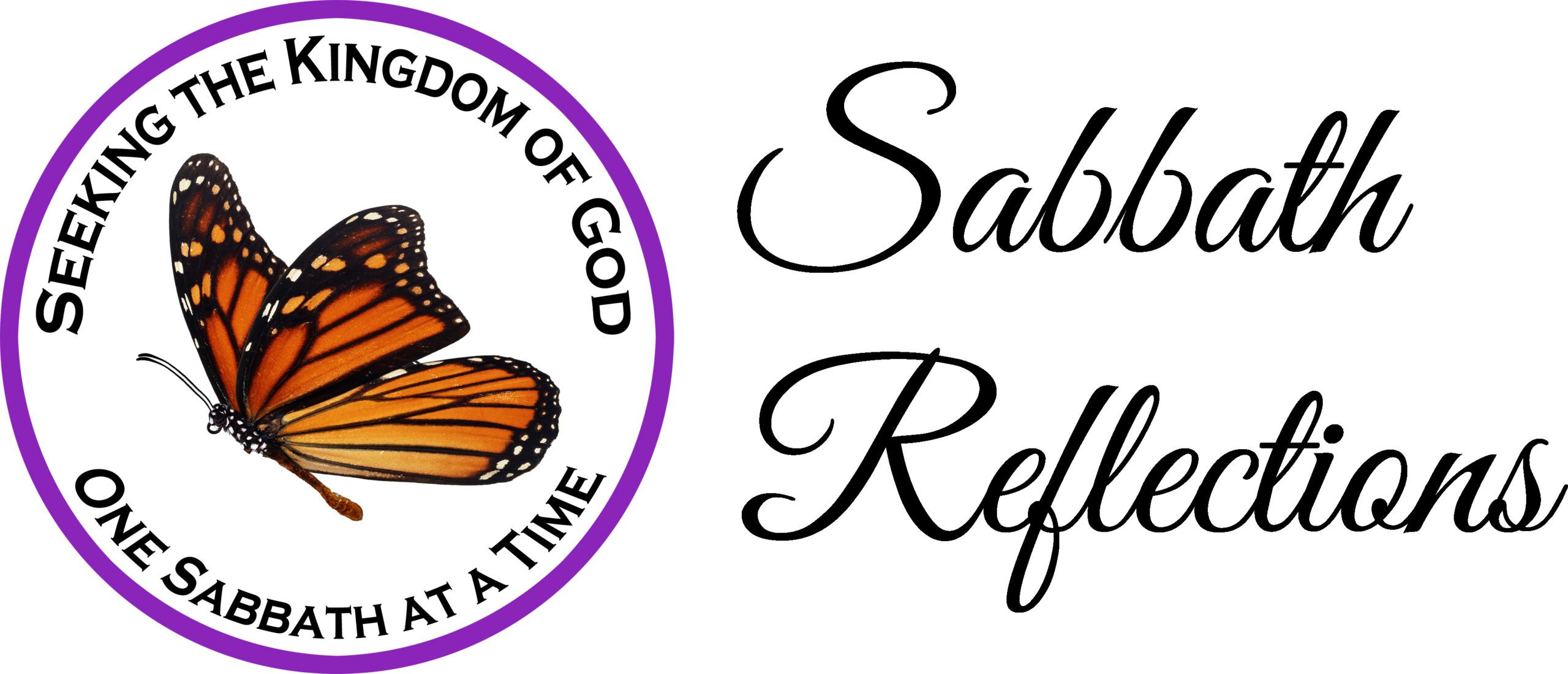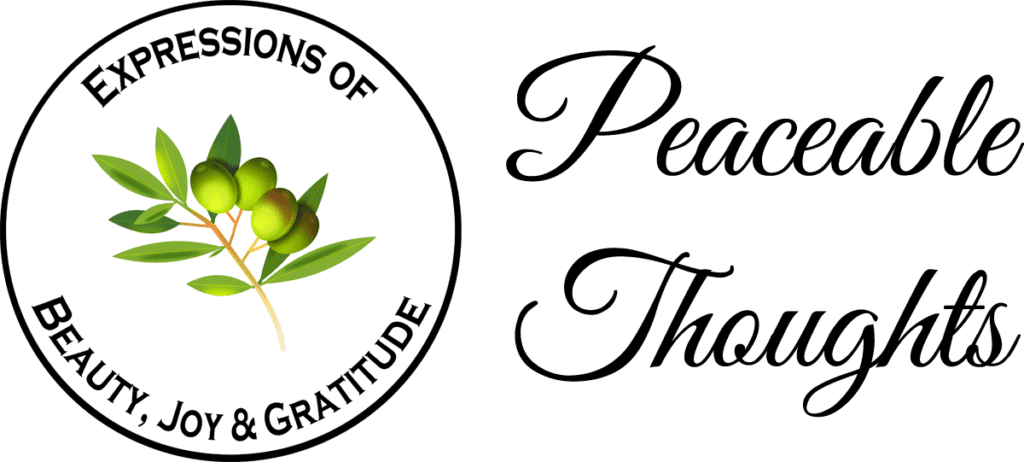SABBATH THOUGHT 2022-05-21—PEACE OF PENTECOST
May God bless you on His Sabbath day!
There are five basic sacrifices consisting of the burnt, sin, trespass, peace, and grain offerings[1]. Of these, the burnt offering was the main one because it was required before all the other offerings (although there were exceptions). The burnt offering was completely consumed by fire and represented absolute devotion and service to God. The sacrifice of Jesus Christ was a burnt offering[2].
The sin and trespass offerings are fairly obvious, but the peace offering is interesting. It always followed a sin or trespass offering (although it could be a separate and complete offering itself). The root word means completion and is appropriate because peace with God was restored to a repentant sinner following a sin offering. Included in the peace offering was a wave offering. It simply means that part of the animal was waved before God to be accepted by Him during the sacrifice. A remarkable aspect of the peace offering was that the offerer could eat the sacrifice on the first and second days, but anything that remained on the third day had to be burned.
The grain offering accompanied the burnt and peace offerings but never the sin or trespass offerings. It was a product of man’s labor. Part of the grain offering was burned on the altar while the rest was given to the officiating priest. Leviticus 2:3 says that the grain offering was “a most holy part of the offerings of the LORD.” The grain offering honored and glorified God and acknowledged that all things belong to Him.
When it came to Pentecost, four of these were required: the grain, burnt, sin, and peace offerings:
LEVITICUS 23:15-20 And you shall count to you beginning with the next day after the Sabbath, beginning with the day that you brought the sheaf of the wave offering; seven Sabbaths shall be complete. 16 Even unto the day after the seventh Sabbath you shall number fifty days. And you shall offer a new grain offering to the LORD. 17 You shall bring out of your homes two wave loaves of two tenth parts. They shall be of fine flour. They shall be baked with leaven, They are the firstfruits to the LORD. 18 And you shall offer with the bread seven lambs without blemish of the first year, and one young bull, and two rams. They shall be for a burnt offering to the LORD with their grain offering, and their drink offerings, even an offering made by fire, of sweet savor to the LORD. 19 Then you shall sacrifice one male goat for a sin offering, and two lambs of the first year for a sacrifice of peace offerings. 20 And the priest shall wave them with the bread of the firstfruits, a wave offering before the LORD, with the two lambs. They shall be holy to the LORD for the priest.
People’s eyes usually glaze over when talking about animal sacrifices (and genealogies), but the Bible contains incredible detail about how and when they were to be performed. There is a lot of meaning in them even for today. One example is that it was mandatory for grain offerings to be unleavened:
LEVITICUS 2:11 Any grain offering which you shall bring to the LORD shall not be made with leaven, for you shall burn no leaven, nor any honey, in any offering of the LORD made by fire.
However, Pentecost is the singular exception:
LEVITICUS 23:16 … And you shall offer a new grain offering to the LORD. 17 You shall bring out of your homes two wave loaves of two tenth parts. They shall be of fine flour. They shall be baked with leaven, They are the firstfruits to the LORD.
There are actually four reasons I believe it was called a new grain offering. First, they were wave loaves. As such, they were required to be waved before the Lord to be accepted by God (no other grain offering was waved). Second, they consisted of two wave loaves. Grain offerings in general could be one or more[3], depending upon the circumstances, but were never specified in number except for Pentecost. Third, the wave loaves contained leaven (all other grain offerings were unleavened). Fourth, the wave loaves, called “bread of the firstfruits,” were offered with both the burnt and peace offerings in addition to—not instead of—the normal grain offerings (Lev. 23:17-18, 20).
On Pentecost, the burnt offering was sacrificed first along with both the normal grain offering and a wave loaf. This was followed by the sin offering and, finally, the peace offering. The burnt offering was completely consumed on the altar in the fire. It portrays the complete surrender of one’s life to God. Those whom God calls must be willing to make a total sacrifice to His way of life. There is no middle ground.
The grain offering that accompanied the burnt offering required man’s labor to make it. Grain had to be planted, tended, harvested, beaten into fine flour, and, finally, baked with fire into bread. As a part of the burnt offering, it portrayed the works that are required of us by Him. The grain offering also had to include the “salt of the covenant” (Lev. 2:13). Salt represents the covenant that God establishes with those who are willing to devote their lives to him (burnt offering) and beg forgiveness for their sins (sin offering). Of all the offerings, God only called the grain offering “a most holy part” (Lev. 2:3).
The sin offering that followed was a sacrifice for sins. It required the blood of the animal to be shed and sprinkled in front of the sanctuary and placed upon the four horns of the altar. It represented coming to the throne of God and asking for forgiveness.
Lastly, the Pentecost ceremony was concluded with a peace offering. It was thanksgiving to God for His love for us, His mercy toward our sins, and for establishing a covenant relationship with the offerer. Actually, the peace offering could be offered at other times for various reasons. It followed and completed the sin offering and could be eaten over two days but the remainder was burned on the third day. Likewise, when it was offered for a vow, the offerer had two days to eat it. However, as an offering of thanksgiving it had to be eaten on that day only. Any remainder had to be burned the next day. This was likely the case for Pentecost—it was a thanksgiving to God that was consumed that day only since it was a holyday and not a general offering.
There are three unique aspects to the peace offering (I will describe the third below). The first was the waving of the breast of the animals to be accepted by God. Only God can establish peace with us. None can force peace upon Him. The other was it required one of the wave loaves to be waved alongside it. The peace offering represents the covenant of peace God establishes with those He chooses to accept[4]. This is especially poignant for Pentecost when the Holy Spirit was given.
Much has been speculated about meaning of the two wave loaves. Because they include salt, the loaves could represent the old and new covenants. Another possibility tossed about is they were made from the firstfruits of one’s harvest[5]. In that sense, one represents the saints of the “church of the firstborn” (Heb. 12:23) in the first resurrection and the other is for those who receive eternal life in the white throne judgment. There are several other ideas, but I do not have the space to describe them.
However, as a grain offering the two wave loaves are absolutely unique. Both the burnt and peace offerings already required and included a separate grain offering but the two wave loaves were added just for the Pentecost offering. Therefore, one of the wave loaves was likely used for the burnt offering and the other for the peace offering. It is a common and reasonable assumption that the leavened loaves represent the physical firstfruits of God. Including wave loaf for the burnt offering could highlight that the firstfruits are selected and dedicated to become the children of God by the burnt offering. A wave loaf with the peace offering could emphasize that we have been chosen to have a covenant of peace with Him.
Looking at the third unique aspect of the peace offering we find that, of all the holydays, only Pentecost requires it. No other holydays included the peace offering. How is peace connected with Pentecost? Because God gave His holy spirit on that day. A believer is given the holy spirit to seal the covenant of peace with God. It is also the day that Jesus Christ will complete the peace process that began when we received the holy spirit. It will be the day that our hopes are fulfilled at the first resurrection when we become the firstborn sons and daughters of God.
Pentecost is truly a day of peace with God. While I included a lot of detail about the offerings performed on that day, the main point is that Pentecost is the only holyday that requires a peace offering.
God talks a lot about peace. God’s plan of salvation established peace through the blood of the cross to reconcile us to Him[6]. God establishes a covenant of peace with us and He grows the fruit peace in us by His Holy Spirit. Complete, total, and perfect peace is the foundation of our eternal existence in God’s kingdom. Pentecost encapsulates the holy spirit and the resurrection—it is a day founded upon making peace with God the Father and Jesus Christ. And making peace is the one of greatest of all professions:
MATTHEW 5:9 Blessed are the peacemakers, for they shall be called the sons of God.
Peacemakers will become the children of God. God the Father is the Great King[7] of Peace and Jesus Christ is the Prince of Peace:
ISAIAH 9:6 For unto us a child is born, unto us a son is given; and the government shall be upon His shoulder; and His name shall be called Wonderful, Counselor, The Mighty God, The Everlasting Father, The Prince of Peace.
They are establishing a kingdom based upon peace. We will be part of the greatest and most glorious work in the eternity to come because the peace of Their kingdom will increase forever and ever and ever and ever:
ISAIAH 9:7 Of the increase of His government and peace there shall be no end, upon the throne of David, and over His kingdom, to order it and to establish it with judgment and with righteousness from henceforth, even forever. The zeal of the LORD of hosts will do this.
May God’s grace and peace be upon you!
Steven Greene
https://sabbathreflections.org


